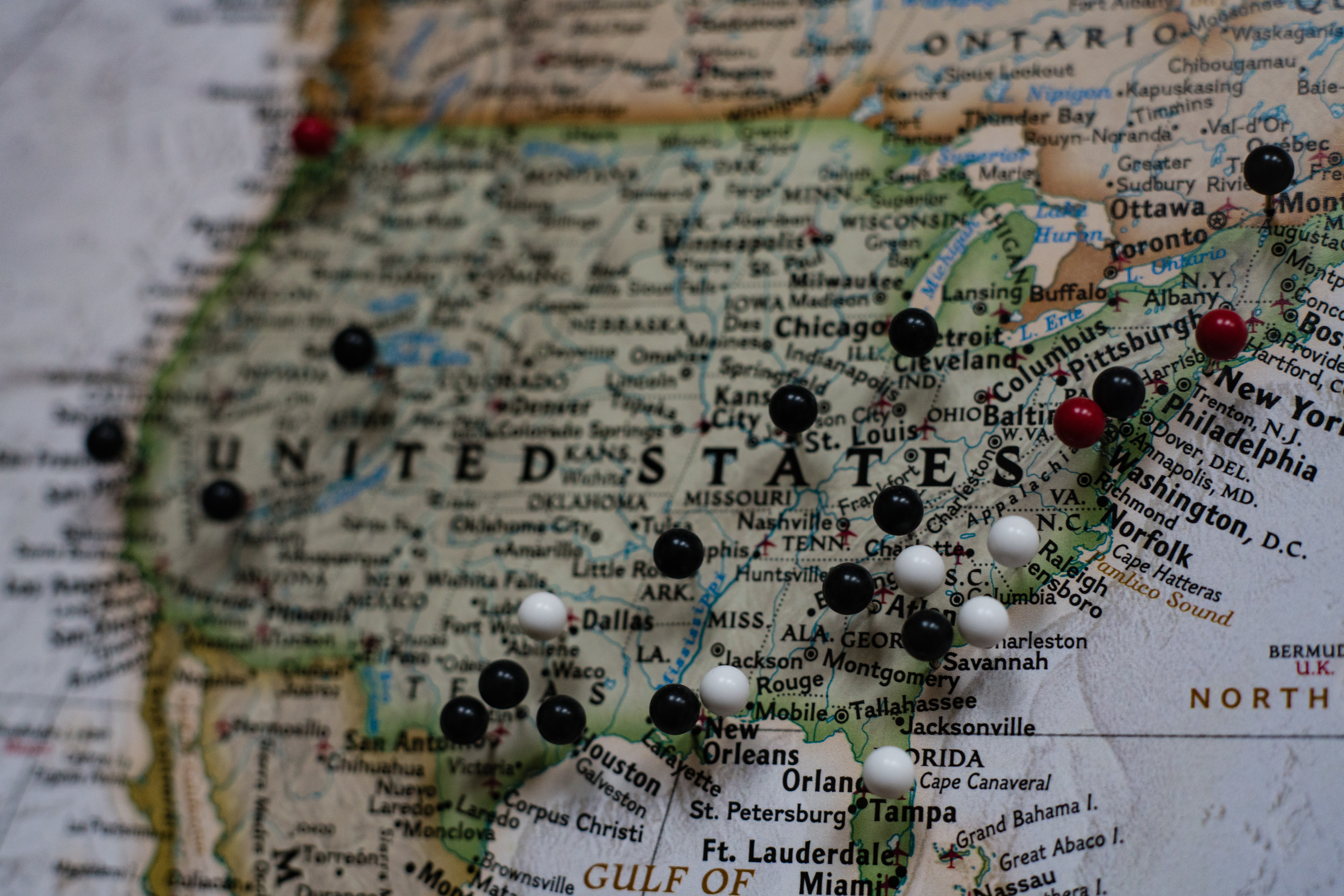
I’d like to share some thoughts on worship. This isn’t about the “worship wars”—what an oxymoron—but just some things that have occurred to me on the topic.
The English word worship comes from the early Modern English “worthship”; at its root it’s simply recognizing the worth of someone. These days we use it only in reference to God.
How do we recognize his worth? How do we demonstrate that he’s special? At the risk of sounding irreverent—that is most certainly not my intent—we do that in the same ways that we’d show respect for anyone else, but elevated, or exponentiated, because he’s exponentially more worthy than anyone else.
Believers are described as people who worship God (Php 3.3). Jesus said that God is seeking people to worship Him “in spirit and in truth” (Jn 4.23-24). That means that we’ll show our respect for him in the course of our living; our respect for him will be demonstrated by our attitudes (does your mind go to him during the day? Do you consider his will as you make your decisions?), our words (do you use his name emptily? Do you tell jokes about him?), and our actions (do you do what he wants?). In one sense, then, all of life should be worship: we base our priorities and decisions on His will, not ours. We worship him all the time; we thank him when things go well, recognizing those things as from his hand; and we thank him when things don’t go well, because those things, too, are from his hand, purposeful, for our growth and betterment (Ro 5.3-5).
But we also devote special times to worship. If we elevate God in our minds, then we’re going to worship him privately; we’re going to set aside time in our schedule to demonstrate that he is worthy of respect. (If he doesn’t get that time—if he’s crowded out by all the other things we devote time to—then how worthy is he?) The Psalmist spoke of seeking God every day (Ps 63.1; 86.3; 88.9; cf Isa 58.2).
That private time of worship springs from an inward attitude—“love the LORD your God”—that demonstrates itself outwardly in several ways. We give God attention by hearing his voice in the Scripture. We give him praise by speaking and/or singing about his worthiness. We seek his presence through prayer.
For the believer, private worship isn’t enough. We also gather for corporate worship with other believers. From the very beginning, God’s people have gathered every week for corporate worship (1Cor 16.2). If God is worthy of infinite respect, then he is worthy of creatures in his image, from every nation and era, praising him in unison (Re 7.9-12). (He’s certainly worthy of more than Hitler!) Our gatherings here are representative and anticipatory enactments of what will one day be at full scale.
Some cautions.
Worship is an act of love and respect, not guilt. It flows freely and naturally from the heart. If you’re not a morning person like David (Ps 5.3), nothing in the Bible says that we all have to follow his practice. If you’re taking care of a houseful of children, your time management choices are going to be limited—if you have any choices at all. You can demonstrate your respect for God—glorify him—in the ways you interact with your children, in telling them Bible stories, in praying with them. There may well be a season of your life where you have to express your worship in ways limited by your responsibilities at the time. Get creative; don’t feel the need to imitate some other believer’s practice, even if it works really well for him.
But we all know that we fall short in this area, as in others. Typically we fail to worship God because we’re focused on ourselves rather than Him. If worship is about recognizing someone’s worth, then you can conclude that the one you’re always thinking about is the one you’re worshiping. And for most of us, that’s ourselves.
We will never be satisfied worshiping ourselves. We’re not designed that way.
And if we fail to join with others in corporate worship, then we are depriving those others of the benefit of our presence. When we fail to tell others of God’s goodness to us, they don’t receive the encouragement from those stories that they would have.
Worshiping God is what we’re designed to do. Screwdrivers aren’t happy pounding nails. Worship points us to the truth of God’s greatness—it’s better to live for the truth than for a lie. And worshiping with others benefits them by pointing them toward God as well.
Worship may not be something you do much. Would you reconsider that?
Photo by Aaron Burden on Unsplash





